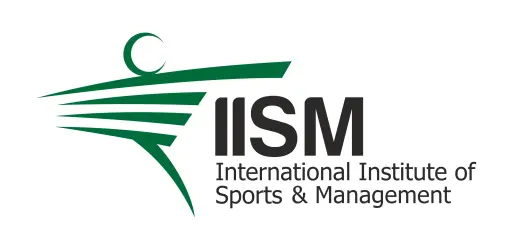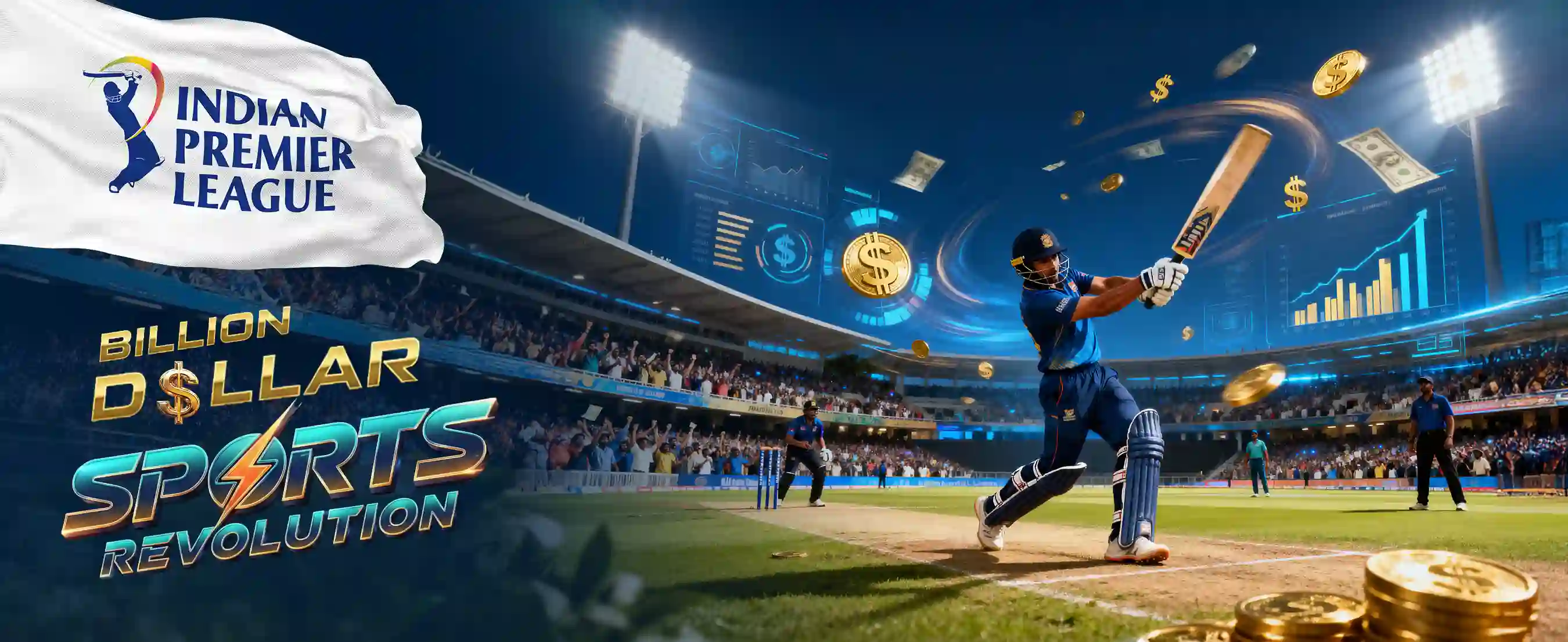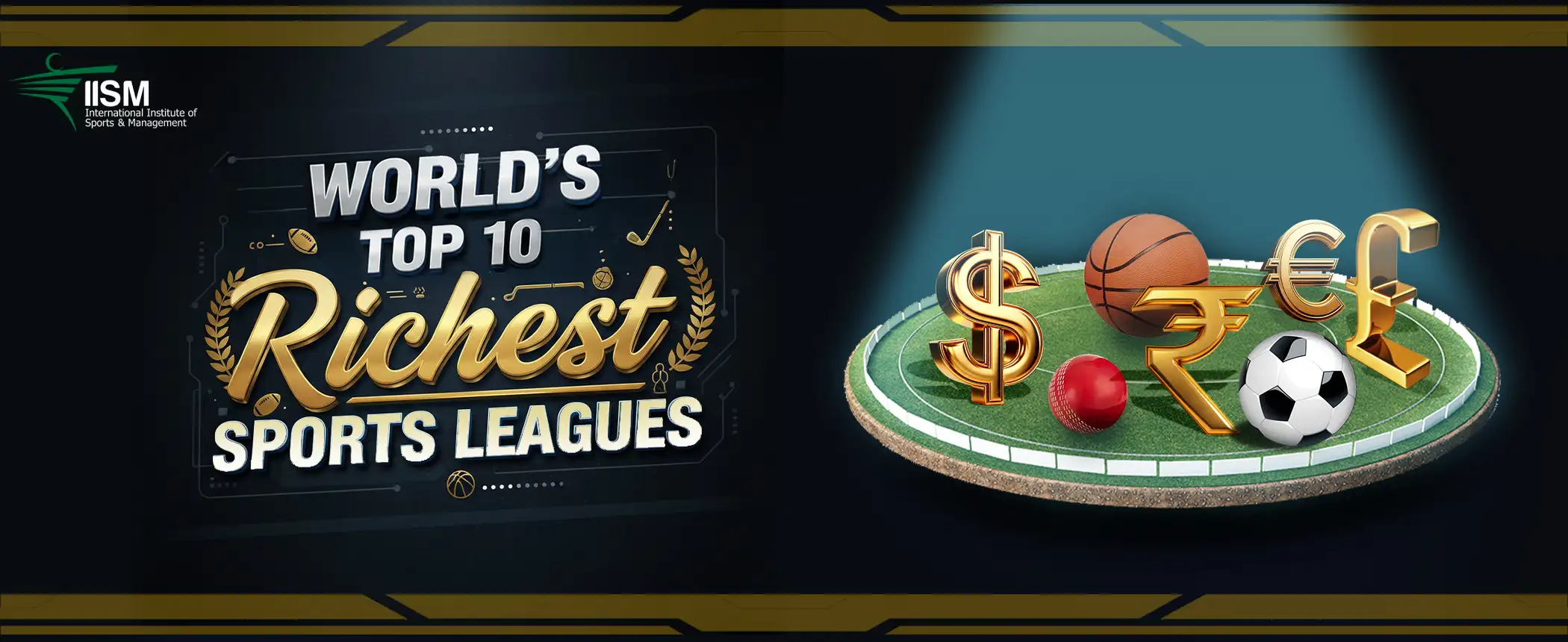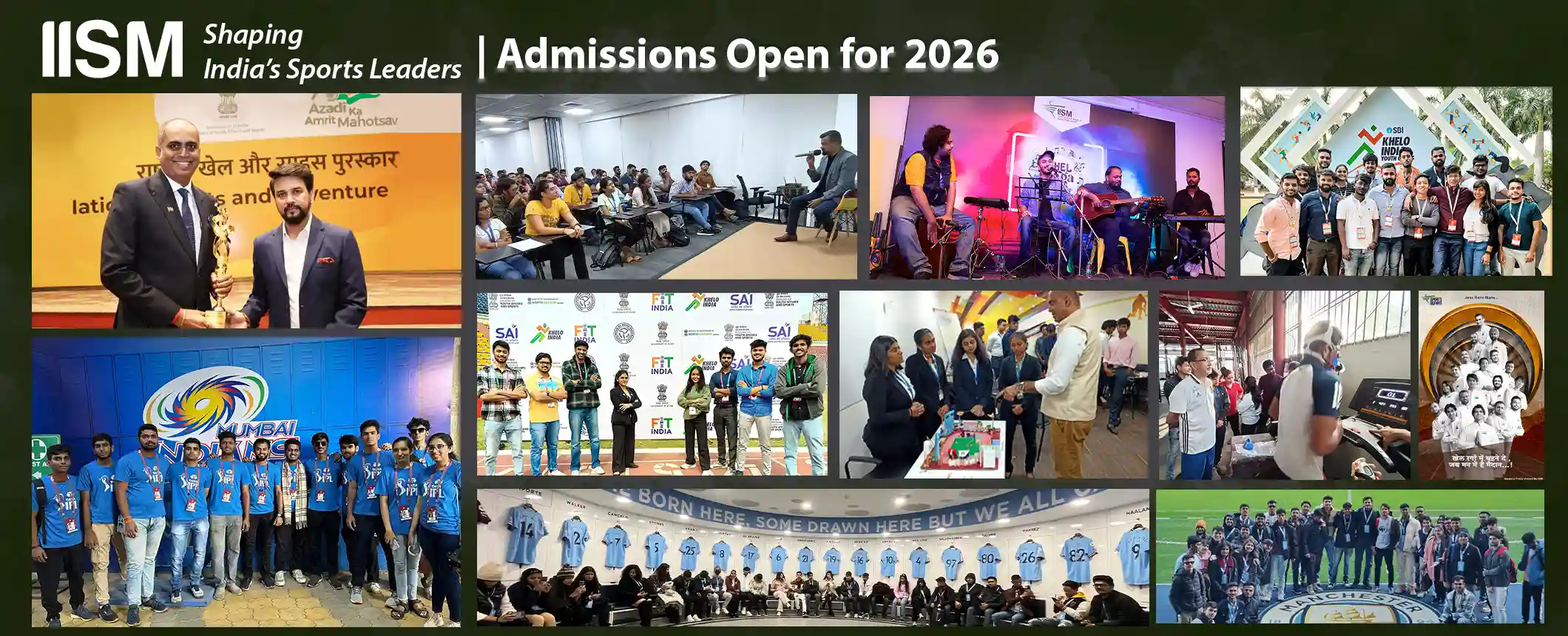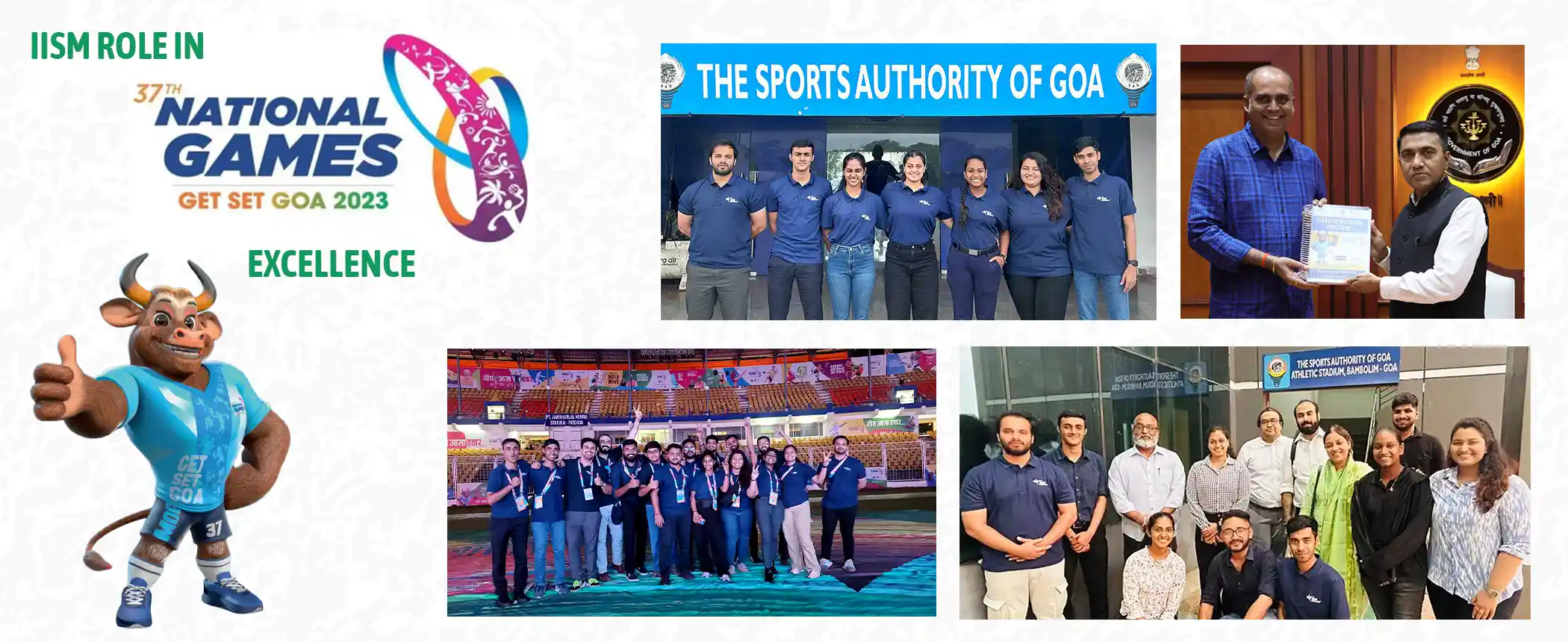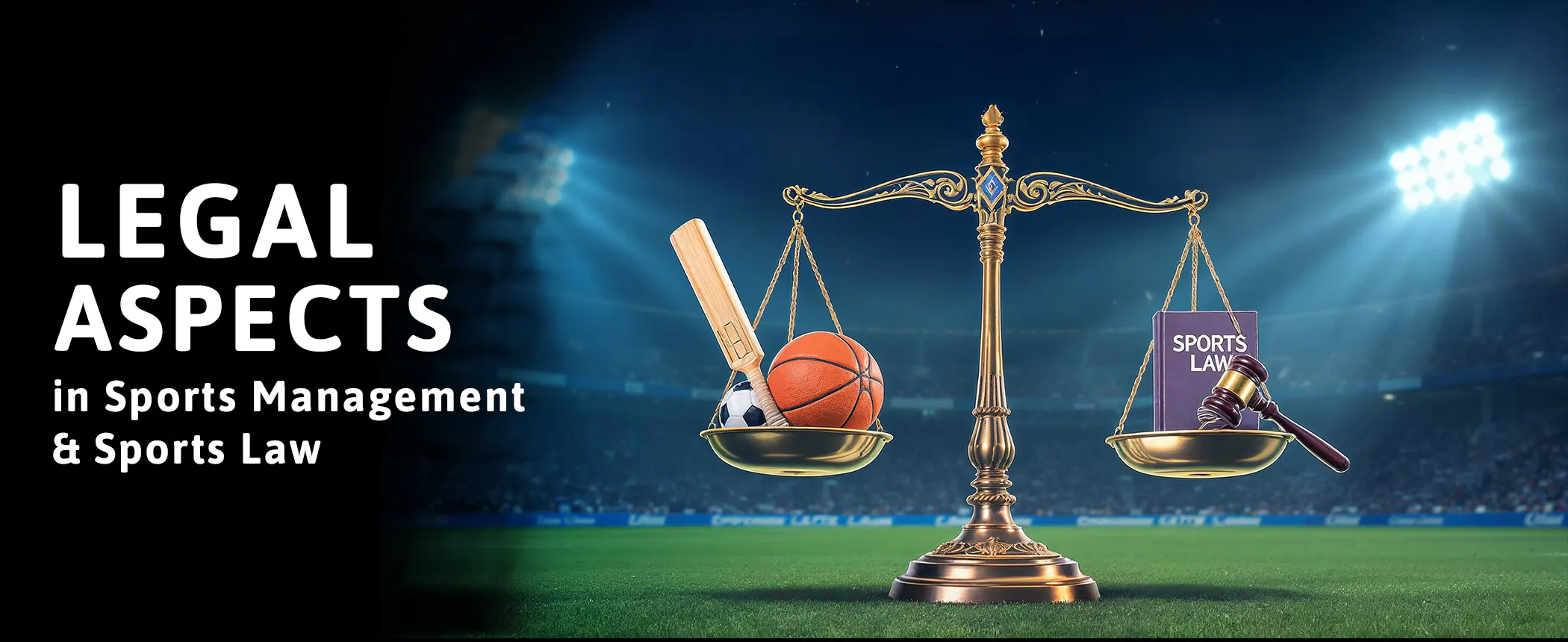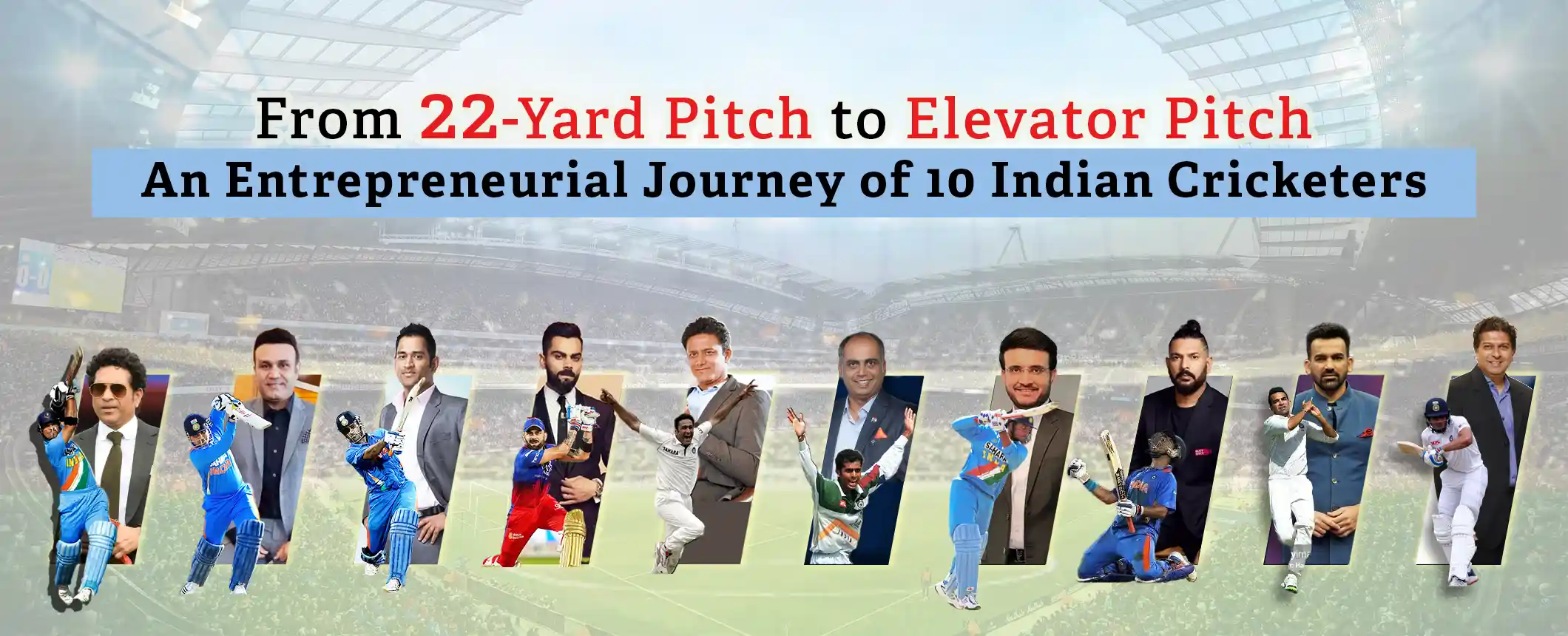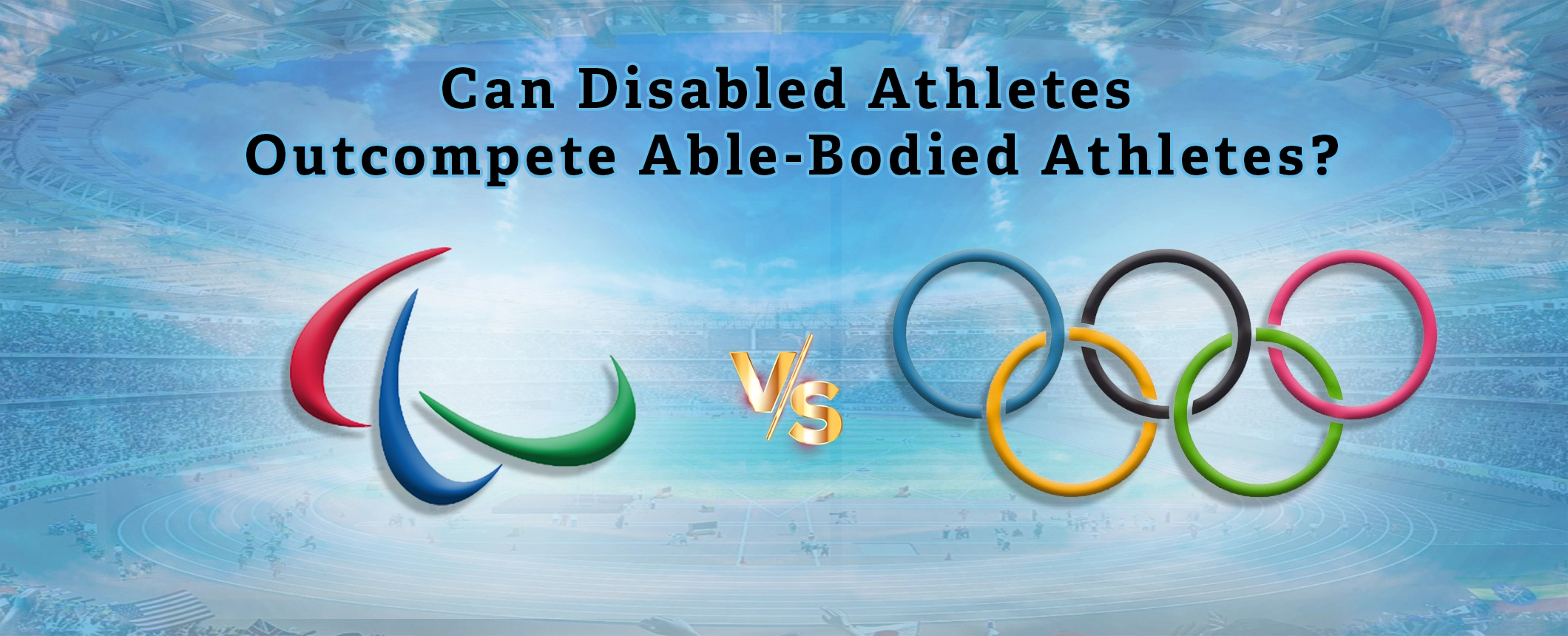A Sports Consultant’s Take on Organisation and Administration in Indian Sports (2025)

Introduction
A wise man once said, “One man practicing sportsmanship is far better than a hundred teaching it.”
Having been involved in sports for life and the industry for nearly 10 years, one thing I have witnessed that India’s sports ecosystem in 2025 is growing larger and more professional than it was just a few years ago. At its core, India’s sports system is built on a layered structure, with government bodies setting policies and providing funding, sports federations managing each sport, and the private sector driving leagues, infrastructure, and technology. Understanding how these pieces fit and where the gaps are is essential to making Indian sport work at scale.
Governance Structure of Indian Sports
The system operates through a layered governance structure where different stakeholders play distinct yet interlinked roles. At the top, the Ministry of Youth Affairs and Sports (MYAS) sets national priorities, frames policies, allocates funding, and monitors the compliance of sports federations and developmental missions. The Sports Authority of India (SAI) collaborates closely with the ministry to manage national centers of excellence, residential training camps, and high-performance programs. Additionally, SAI leads initiatives in sports science, rehabilitation, and coach education to support athletes at all levels, from grassroots to elite.
Role of Key Institutions
The Indian Olympic Association (IOA) serves as India’s official representative to international sporting bodies, managing multi-sport participation, Games logistics, and athlete contingents. Complementing this, the National Sports Federations (NSFs) act as custodians of their respective sports by handling competition calendars, athlete selections, coaching pathways, officiating standards, and talent development programs.
State and District Level Contributions
At the state and district levels, state departments and associations play a pivotal role in developing infrastructure, conducting school and college tournaments, organising district-level competitions, and deploying local coaches. Alongside these public efforts, the private sector and corporate social responsibility (CSR) initiatives have become increasingly influential, funding high-performance centers, academies, sports analytics programs, athlete sponsorships, and professional franchise leagues across multiple disciplines.
Contribution of the Education Ecosystem
The education ecosystem comprising universities, private institutions, and emerging EdTech platforms, is making a significant contribution by training the next generation of sports administrators, analysts, sports scientists, and specialized coaches. This ensures that the industry has the skilled professionals necessary for sustainable long-term growth.
Progress in 2025: What’s Working
We must see what’s working in 2025…
Clearer Athlete Pathways
Athlete pathways are becoming clearer. The journey for athletes from grassroots to elite levels is now better structured. Programs like Khelo India and National Games, residential academies, and scholarship schemes connect directly to SAI centers and national federation camps. Top athletes receive more consistent support in areas like international exposure, equipment, physiotherapy, rehabilitation, and nutrition. The use of performance dashboards to track progress is also becoming common.
Integration of Sports Science
Sports science is now mainstream. Elite training centers are adopting modern tools such as biomechanics labs, GPS-based load monitoring, and injury-prevention screenings. Individualized strength and conditioning plans are standard for top athletes. Also, state-level programs and well-managed private academies include these practices.
Professionalization of Federations
Federations are becoming more professional. Many National Sports Federations (NSFs) now maintain proper competition calendars, clear selection policies, and centralized athlete databases. Coach licensing systems are better structured, and basic financial reporting is improving. Athlete commissions and independent observers are also being introduced, making selection processes more transparent.
Growth of Women’s and Para-Sports
Women’s and para-sports are growing rapidly. More competitions are being organized exclusively for women and para-athletes, supported by scholarships and increased media coverage. Administratively, more women are joining federation committees and league management teams, leading to better representation and stronger decision-making.
Improved Sports Leagues
Sports leagues are improving their organization. Franchise-based leagues for both men and women are setting new standards in scheduling, venue operations, ticketing, broadcasting, and fan engagement. Even beyond cricket, leagues now ensure proper medical support, accurate data capture, and integrity controls during events.
Challenges:
Though India’s sports organizations and administrations is solidifying the path towards building India’s bright future, a few challenges remain to solve further.
- The school-to-club link is weak. In many districts, the pathway from PE and inter-school sport to clubs/ academies is not formalized.
- The facilities are built fast and maintained slowly. Without proactive maintenance and multi-use programming, utilization drops and surfaces deteriorate quickly.
- Calendars and athlete load across schools, states, NSFs, and leagues create overload for top juniors and long inactivity for others. Centralized scheduling tools exist in pockets, but integrated planning across layers is still rare. Without consistent standards, long-term athlete management suffers, and duplication wastes time.
- Financial fragility beyond cricket, yet several leagues and NSFs remain heavily donor or season-dependent. When a title sponsor drops or a broadcast deal resets, programs stall mid-cycle.
What Good Sports Administration Looks Like
- However, what good sports administration looks like currently is having clear rules and independent oversight. Sports bodies should have published constitutions, defined term limits, conflict-of-interest registers, and regular external audits. Athletes must have representation and voting rights on important technical matters.
- A smooth talent pathway should be a documented route for athletes, starting from schools, moving to clubs and academies, then to district, state, and national camps. Selection processes should be transparent, supported by digital registrations and proper grievance systems.
- Well-planned calendars for sports events across age groups and levels should follow a single, organized calendar published 9–12 months in advance. This helps manage match loads, travel schedules, and avoid clashes between tournaments.
- Strong sports science support, followed by baseline fitness testing, injury prevention, return-to-play protocols, and wellness monitoring, should be standard for national and state-level athletes.
- Better coach education needs structured licensing systems, continuous learning opportunities, and mentorship programs. Scholarships should be provided to encourage more women and para-coaches to join the profession.
- Every athlete should have a unique ID under the Unified data systems to track their performance, medical, and competition data, and this data should be stored in a centralized, shareable format.
- There should be safe and secure sport environments followed by independent reporting systems for any misconduct, trained officers to handle complaints, and annual reports on resolved cases to ensure transparency.
- Sports organizations must plan financial planning and sustainability for their multi-year budgets, diversify income through tickets, sponsorships, academies, and licensing, and ensure athlete payments and vendor dues are released on time.
Priorities for the Next 24 Months
Priorities and way forward for the next 24 months begin with protecting athletes by setting up independent safeguarding units at both the federation and state levels. Make safety training mandatory for coaches and officials and publish clear annual guidelines on disciplinary actions.
Create strengthening of the school-to-club pathway by establishing district sports hubs to connect school calendars with club and academy fixtures. Organize joint scouting days and introduce a fast-track ID verification system to ensure smooth athlete transfers.
Launch a national “train the trainer” program where regional centers certify master coaches, who then train grassroots-level coaches. Provide stipends to encourage more women to return to coaching.
Establish better facility management that links government grants to proper maintenance standards and hire professional venue managers. Promote multi-use facilities so stadiums and grounds are used by schools, communities, and leagues throughout the year.
Introduce a centralized sports calendar to manage tournaments at all levels by setting up smarter event scheduling. Set workload limits for different age groups and block certain periods to avoid athlete burnout and injuries.
Adopt a common data format to integrate athlete performance, medical, and competition records across SAI, NSFs, states, and academies with athlete consent.
Build financial stability by promoting multi-sport venues, attracting local sponsors, and organizing community-based sports programs to generate revenue year-round. Ensure athlete stipends are protected and paid on time.
Organize dedicated talent identification camps, offer coaching scholarships, improve access to inclusive facilities, and aim for equal prize money wherever possible by creating opportunities for women and supporting para-athletes.
Relevance for Sports Management Students
This is where all the above points become crucial for universities, institutes, and sports management students, as jobs are moving from generic ops to specialist roles. Performance analysis, safeguarding, venue operations and maintenance, CRM/ loyalty, rights packaging, name, image, and likeness or athlete branding, and integrity management. Better perspective on cross-functional literacy as it is a differentiator. Administrators who understand sports science basics, data privacy, procurement, and media rights will lead. As applied projects matter, students while on internships with federations/ High-Performance Computing, calendar audits, or safeguarding SOPs are stronger than in classrooms or only on resumes.
The current bottom line describes that Indian sports is no longer short of ambition or activity. It’s about coordination and consistency. The systems that win are those that make governance predictable, athlete care non-negotiable, calendars coherent, and data useful. If we execute the nuts and bolts of administration well alongside maintenance, performance and participation will follow at a scale.
As India continues to refine its sporting systems, we are reminded of Nelson Mandela’s words: “It always seems impossible until it’s done.” The journey towards excellence in sports administration may be long, but with persistence, the impossible becomes achievable.
Dennis D’Souza
Senior Assistant Professor at IISM
Sports Management, Sports Organization and Administration
About Dennis D’Souza: Sports & Fitness Enthusiast, TEDx Speaker, Author & Educator with 30 years of experience in Football, Athletics, and Trekking, providing timely and quality services to sports individuals & teams.
